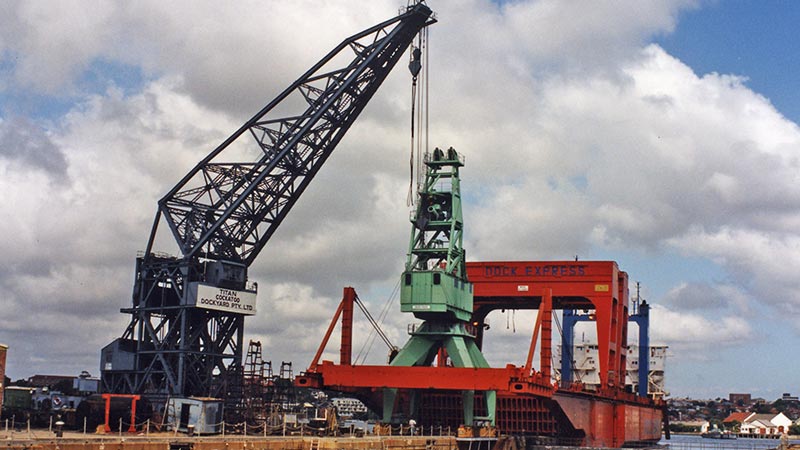The future shape of Cockatoo Dockyard was firmly established in the Naval Dockyard period from 1913 to the end of World War I. The pattern adopted was very like that of a typical Royal Navy Dockyard and, by the end of the war, Cockatoo had the capability of building and supporting most of the components of modern warships, apart from armament.
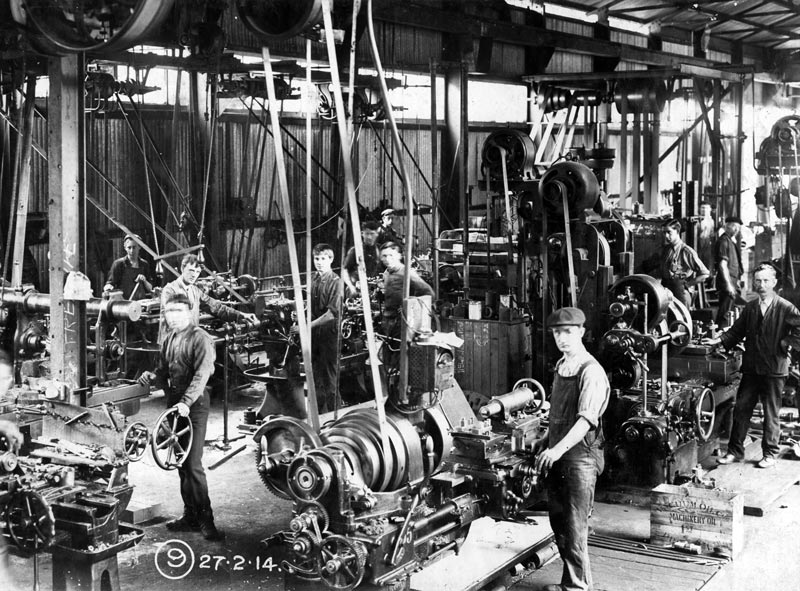
Further Development
Apart from the lengthening of the Sutherland Dock in 1928, the island changed little in the years between the wars.
There was a further period of intense development during World War II. A new Brass Foundry and a large Turbine Shop were built which required the excavation of a large amount of the island’s rock which was used to extend the northern part of the island by reclamation.
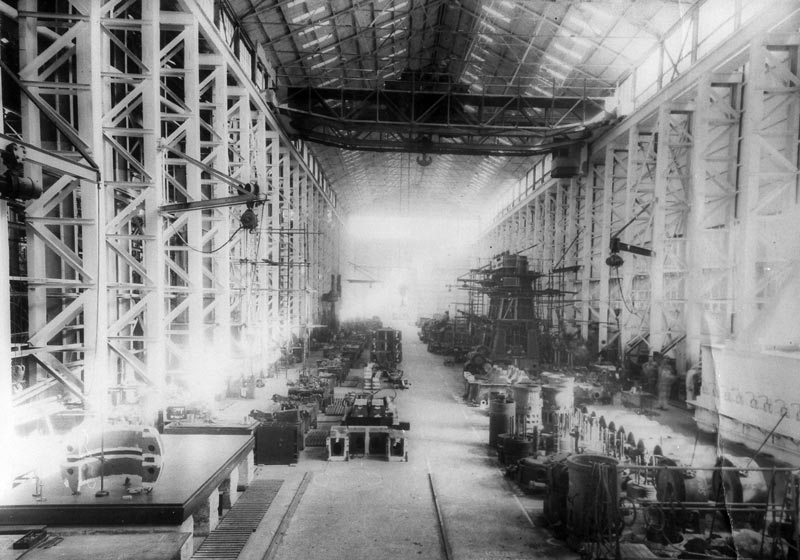
After the war changes to facilities were usually linked to the needs of individual major projects, like the provision of new equipment and cranes in the northern shipyard in 1947 to 1949 for the construction of all-welded destroyers.
In the mid-1960s, plans for a major modernisation of the dockyard as a whole were prepared, with particular emphasis on the shipyard and the facilities needed to refit the RAN’s Oberon-class submarines. Only a small amount of work was done in the shipyard, but the arrival of the submarines prompted the last major period of dockyard development.
Submarine Refit Facilities
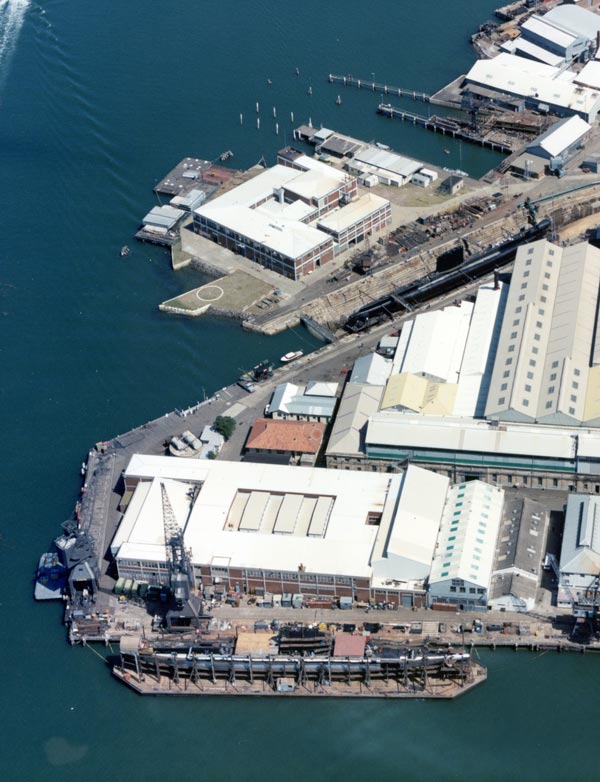
The submarine refit facilities were built between 1968 and 1971, and mainly comprised two modern buildings, one next to the Bolt Shop Wharf and the other on the site of the old southern shipyard, south of the Fitzroy Dock. The facilities provided were among the most extensive and modern facilities for the refit of conventional (i.e. diesel electric) submarines in the world.
Final Works
In the late 1970s the lessee company, Cockatoo Dockyard Pty Ltd, carried out some modernisation of the shipyard, including the erection of a 50-ton lift travelling Butters crane, the largest shipbuilding crane ever erected in Sydney. The Brass Foundry, which had been closed in 1968, was also converted into a fabrication shop to support the construction of HMAS Success, but the dockyard modernisation begun by the Commonwealth during the early 1970s was never completed.
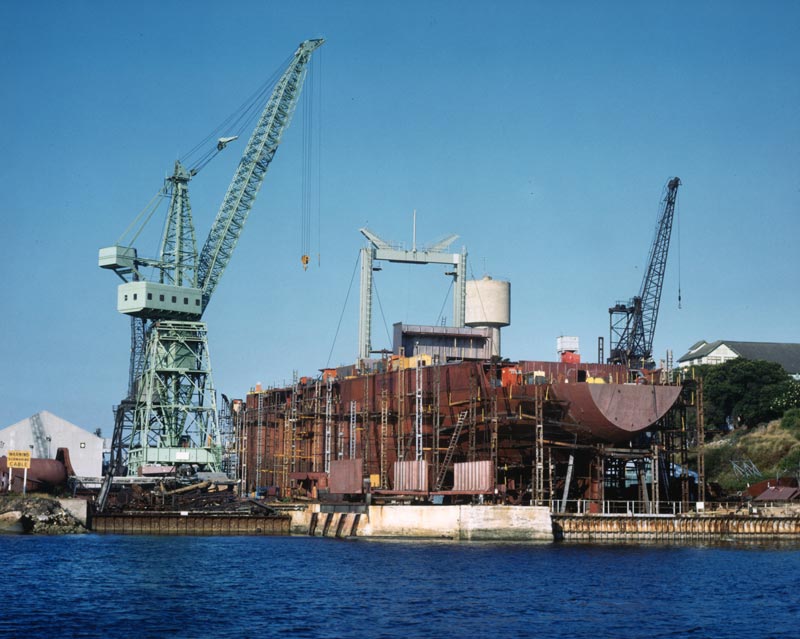
A project to replace the cranes at the Sutherland Dock and to modernise the dock pumping system was begun in the early 1980s. The dock pumps were replaced (the DC motors were retained) and the tunnels and valves repaired. The crane project was only partly completed. One 30-tonne portal crane was erected on the south side of the Sutherland Dock in 1984 (with limited travel), but the two other planned cranes never came. When the dockyard closed the 30-tonne crane was taken to HMAS Stirling, Fleet Base West, in Western Australia.
